Glimer 2 Tablet (Glimepiride 2mg)
| COUNTRY OF ORIGIN | India |
|---|---|
| DOSAGE FORM | Tablets |
| GENERIC NAME | Glimepiride |
| INDICATION | Type 2 diabetes mellitus |
| MANUFACTURER | Abbott India Pvt Ltd |
| PACKAGING | 15 tablets in 1 strip |
| COMPOSITION | Glimepiride (2mg) |
PRODUCT INTRODUCTION
Glimer 2 Tablet belongs to a group of medicines called sulfonylureas and is used to treat type 2 diabetes mellitus in adults. It helps control blood sugar levels in people with diabetes thereby preventing serious complications of diabetes such as kidney damage and blindness.
Glimer 2 Tablet may be used alone or along with other medicines. It should be taken just before or with the first meal of the day. Take it regularly at the same time each day to get the maximum benefit. Your doctor will decide what dose is best for you and this may change from time to time according to your blood sugar levels.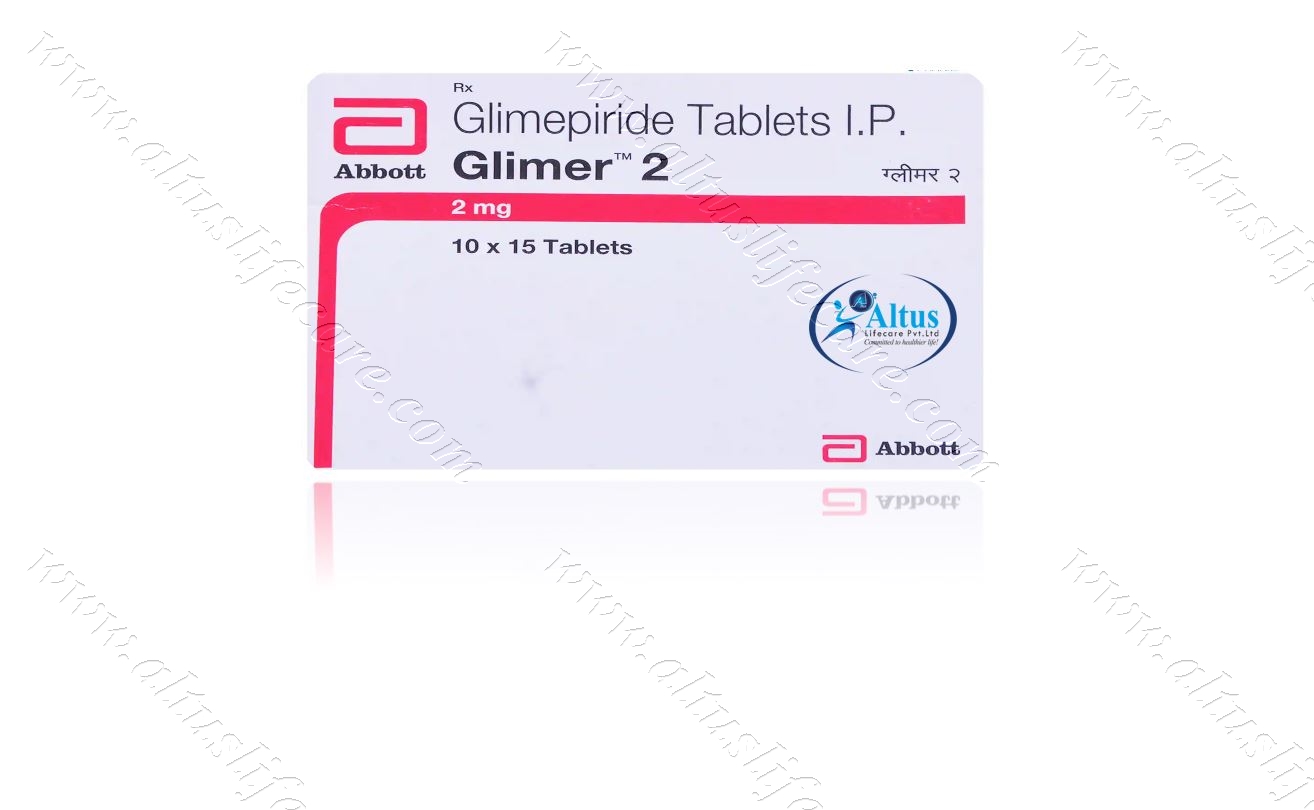
Keep taking this medicine, even if you feel well or your blood sugar levels are controlled. If you stop it without consulting your doctor, your blood sugar levels could rise to put you at risk of diabetes complications such as kidney damage, blindness, nerve problems, and loss of limbs.
Remember that it is only part of a treatment program that should also include a healthy diet, regular exercise, and weight reduction as advised by your doctor. Your lifestyle plays a big part in controlling diabetes.
The most common side effects of taking this medicine include low blood sugar levels (hypoglycemia), nausea, headache, and dizziness. Make sure you recognize the signs of having low blood sugar levels, such as sweating, dizziness, headache, and shaking, and know how to deal with them.
To prevent this, it is important to have regular meals and always carry a fast-acting source of glucose such as sugary food or fruit juice with you. Drinking alcohol can also increase your risk of low blood sugar levels and hence should be avoided. Some people may experience an increase in weight with this medicine.
You should not take it if you have type 1 diabetes mellitus, diabetic ketoacidosis (high levels of acid in your blood), or if you have severe kidney or liver disease. Before taking this medicine, tell your doctor if you have ever had heart disease, thyroid disease, or some hormonal conditions, as it may not be suitable.
Pregnant or breastfeeding women should also consult their doctor before taking it. Your blood sugar levels should be checked regularly and your doctor may also advise blood tests to monitor your blood cell counts and liver function.
“From Science to Patient: How Glimepiride Works”
This section bridges the gap between scientific understanding and practical application, elucidating how the pharmacological mechanisms of Glimepiride translate into tangible benefits for patients. By connecting the dots from science to patient outcomes, a more comprehensive understanding of Glimepiride’s role in diabetes care emerges.
“The Role of Glimepiride in Type 2 Diabetes Management”
Focused on Type 2 diabetes management, this section illuminates the specific role of Glimepiride in this context. By addressing insulin resistance and enhancing insulin secretion, Glimepiride plays a vital role in the multifaceted approach to managing Type 2 diabetes effectively.
Updates on Stem Cell Research in Treatment of Type 2 Diabetes Mellitus
Investigating advancements in regenerative medicine, this section provides updates on stem cell research for the treatment of Type 2 Diabetes Mellitus. By exploring the potential of stem cells in restoring pancreatic function, the discussion sheds light on the evolving landscape of diabetes therapies.
Signs and Symptoms of Type 2 Diabetes Mellitus: Detecting Diabetes Early On
Explore the methods and indicators for detecting diabetes in its early stages. Understand the importance of early detection in improving health outcomes for individuals with Type 2 Diabetes Mellitus.
“Meds for Diabetes Mellitus Type 2: Breaking Down Barriers to Medication Understanding”
Overcome barriers to understanding diabetes medications with this comprehensive guide. By breaking down complex concepts, it empowers individuals to grasp the essentials, fostering a clearer understanding of how medications contribute to effective diabetes management.
Medications for Diabetes Mellitus Type 2: Impact on Weight Management
Weight management is a crucial aspect of diabetes care. In this blog, we’ll discuss how medications for type 2 diabetes can impact weight and explore strategies for balancing medication effects with weight management goals.
Building Bridges to Better Health: Drug for Diabetes Mellitus Type 2
Examining how the drug serves as a bridge, connecting individuals to a path of better health in the context of Diabetes Mellitus Type 2, fostering a supportive link between diagnosis and improved well-being.
DM Type 2 Medications: Breaking Down Barriers to Medication Understanding
Break down barriers to understanding Type 2 Diabetes medications, providing clear insights into their mechanisms, benefits, and potential challenges. Foster a better understanding to promote effective medication use.
Diabetes Mellitus Medications: Prescription Insights for Optimal Management
Gain valuable insights into prescriptions for optimal diabetes management. This guide provides a deep understanding of the significance of prescriptions, offering insights into how they contribute to effective diabetes care.
USES OF GLIMER TABLET
- Treatment of Type 2 diabetes mellitus
BENEFITS OF GLIMER TABLET
In Treatment of Type 2 diabetes mellitus
Glimer 2 Tablet increases the amount of insulin your body produces (in the pancreas). The insulin then works to lower your blood glucose level. It is usually taken once a day. You should keep taking it for as long as it is prescribed.
Lowering blood glucose levels is an essential part of managing diabetes. If you can control the level you will reduce the risk of getting any of the serious complications of diabetes such as kidney damage, eye damage, nerve problems, and loss of limbs. Taking this medicine regularly along with proper diet and exercise will help you live a normal, healthy life.
SIDE EFFECTS OF GLIMER TABLET
Common side effects of Glimer
- Hypoglycemia (low blood glucose level)
- Headache
- Nausea
- Dizziness
HOW TO USE GLIMER TABLET
HOW GLIMER TABLET WORKS
SAFETY ADVICE

Alcohol

Pregnancy

Breast feeding
Monitoring of the breastfed infant’s blood glucose is advisable during maternal therapy with Glimer 2 Tablet

Driving

Kidney
Use of Glimer 2 Tablet is not recommended in patients with severe kidney disease. These patients can experience very low blood sugar levels which may become normal after a long time.

Liver
However, the use of Glimer 2 Table t is not recommended in patients with severe liver disease. These patients can experience very low blood sugar levels which may become normal after a long time.

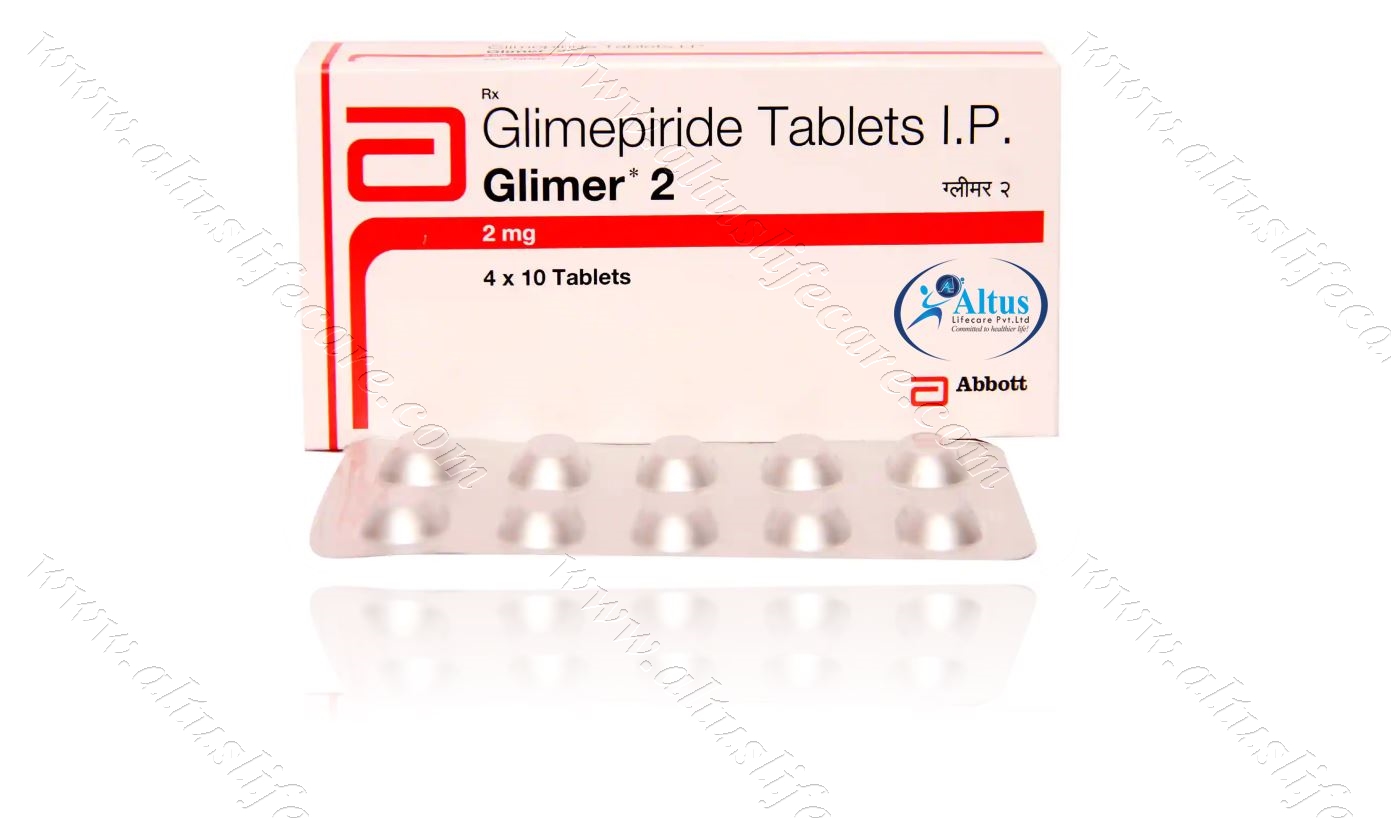
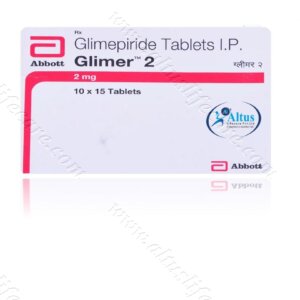
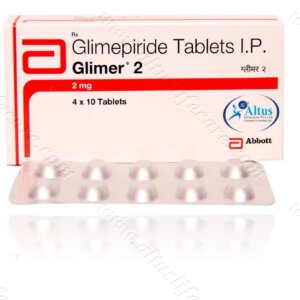
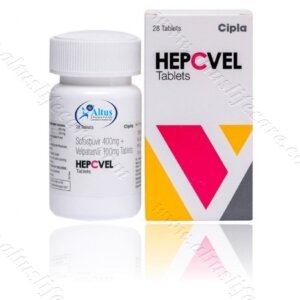

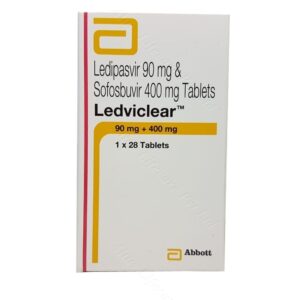
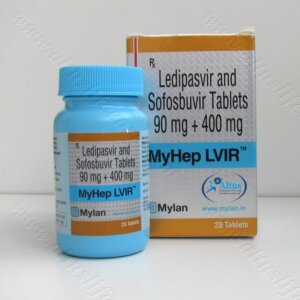

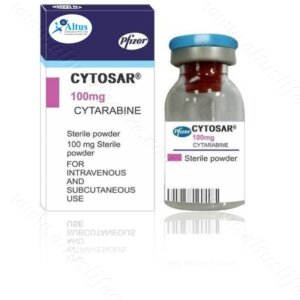
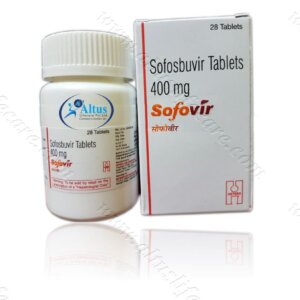








Sevyn (verified owner) –
“Shipping was prompt, and the product quality is exceptional – five stars!”
Kate (verified owner) –
Educating loved ones about type 2 diabetes fosters a supportive environment in my journey.
Zaria (verified owner) –
“The product quality is exceptional, and the packaging was done meticulously. It arrived in perfect condition and ready to use.”